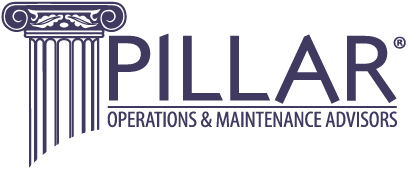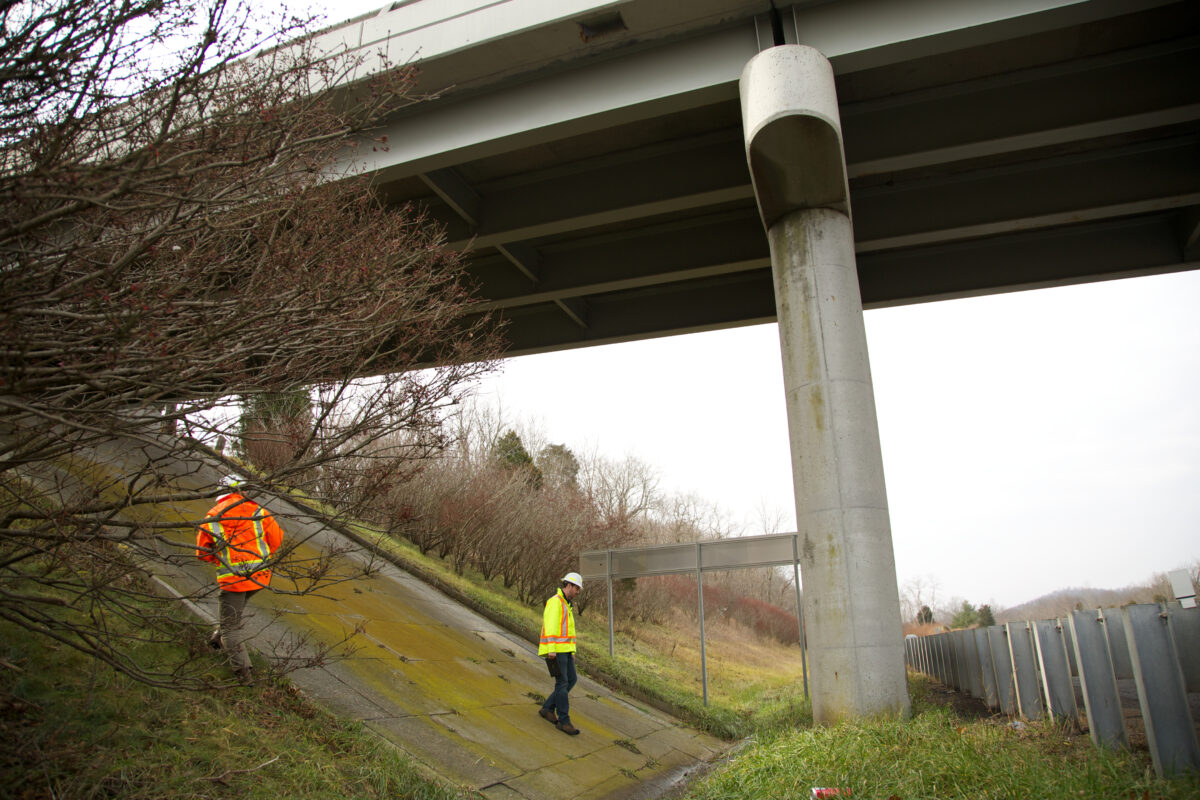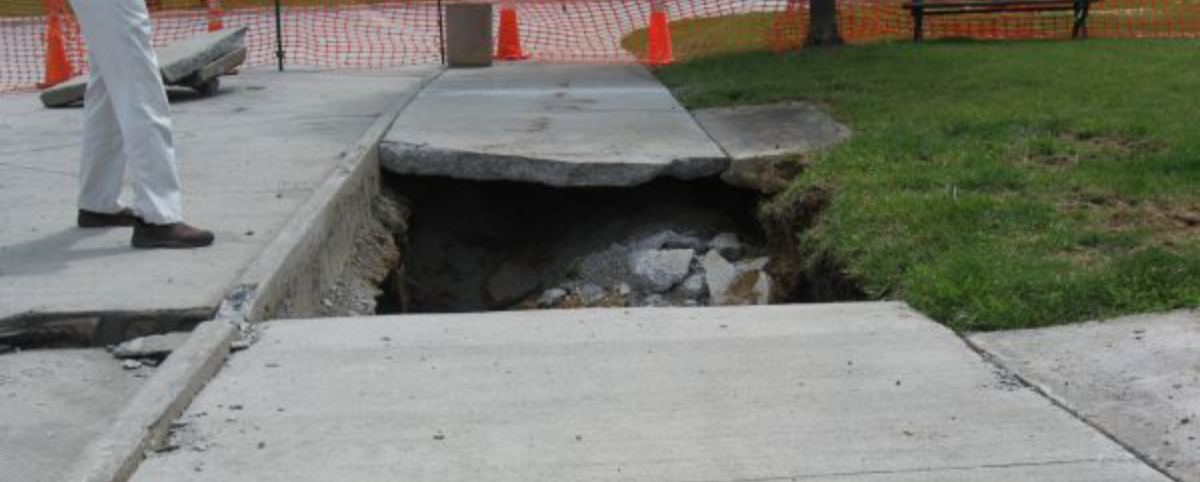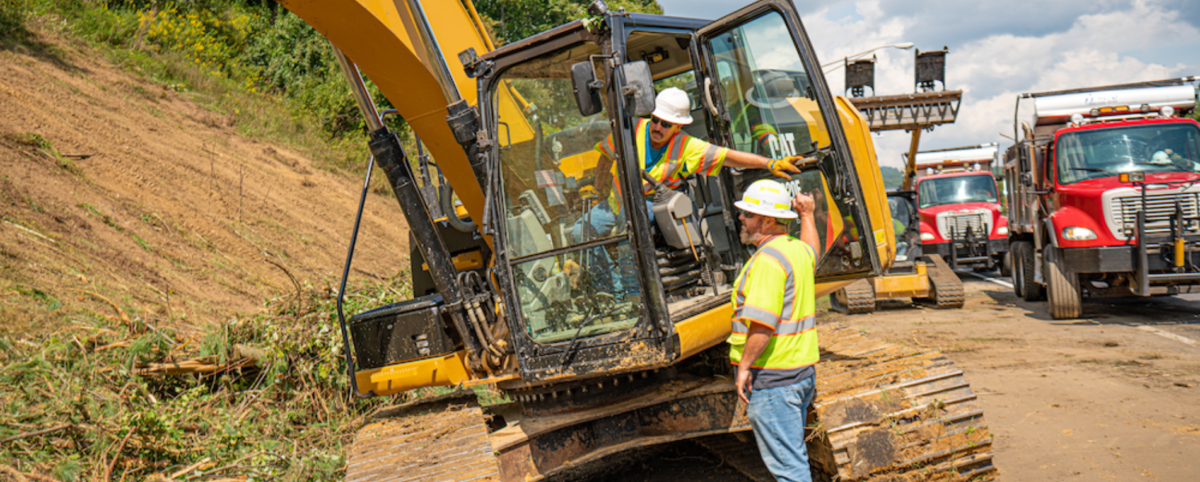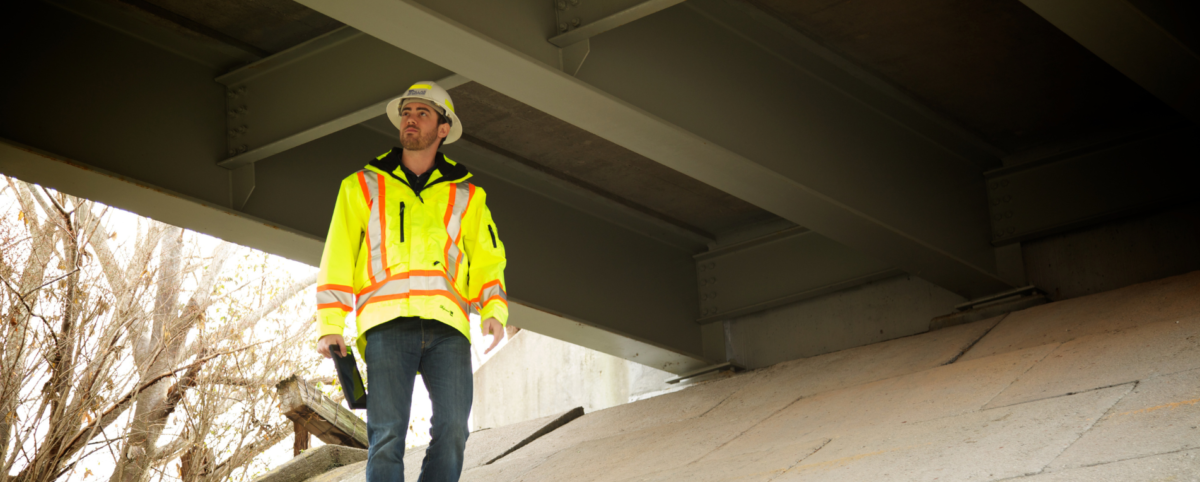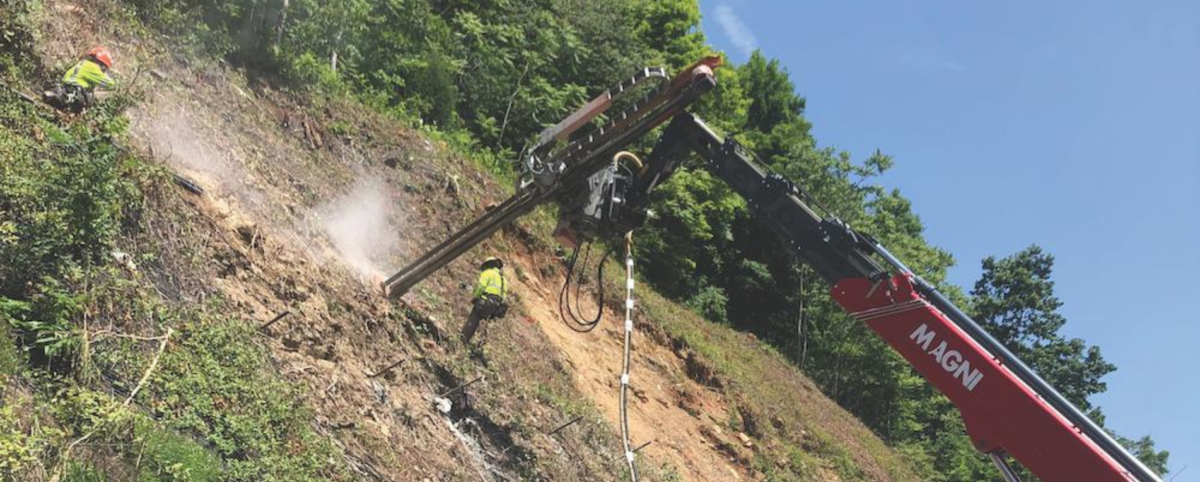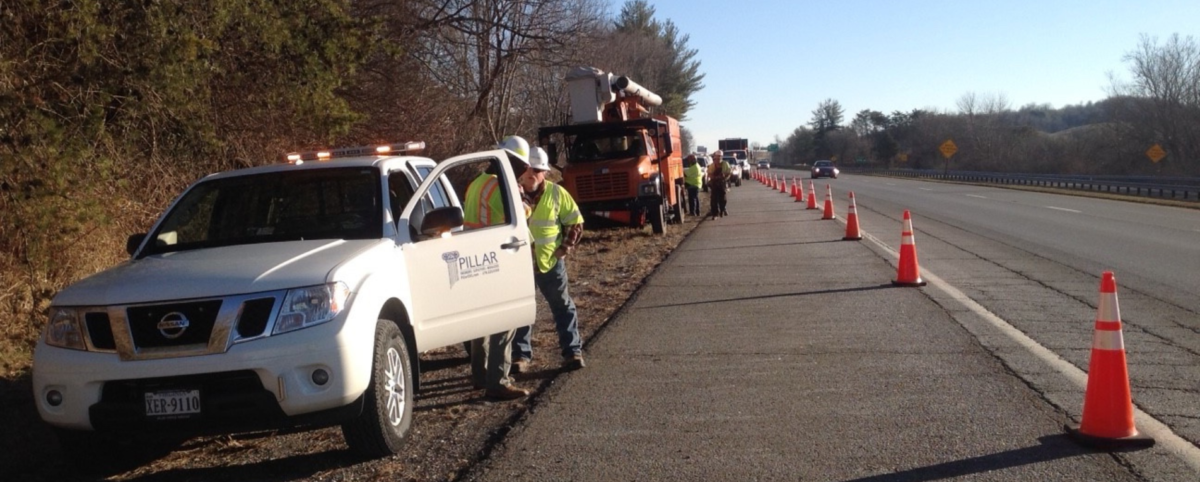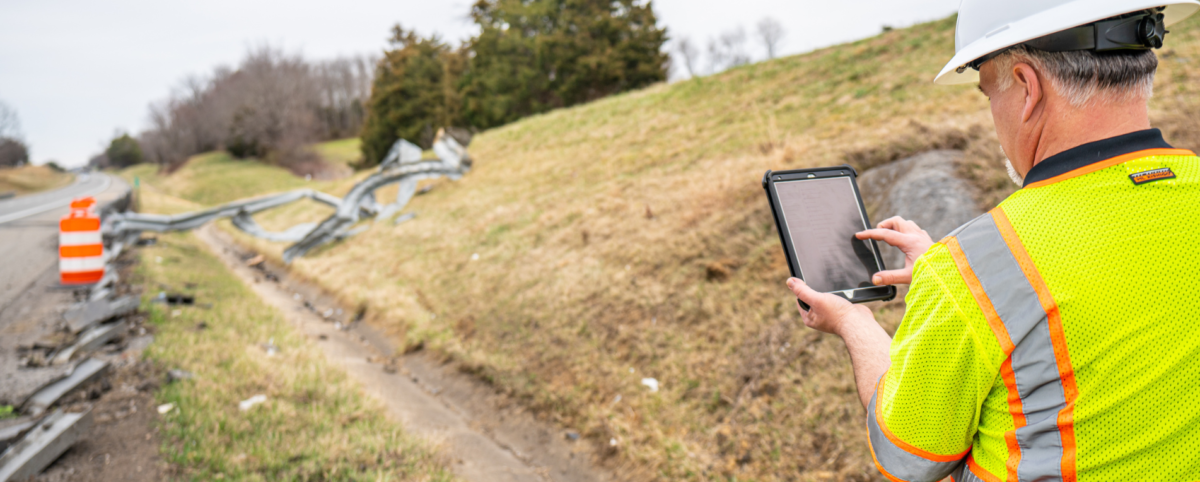To ensure the safety and integrity of your bridges, you need to conduct a continuous bridge monitoring program. This activity is a critical step in identifying needed bridge maintenance and any potential structural issues early so you can plan for the work necessary to protect both the traveling public and your investment in infrastructure.
This activity also requires significant resources – time, money and manpower to check thousands of bridges in your service area. That’s why PILLAR offers transportation asset management solutions, using technology and our experts to perform thorough bridge assessments and generate regular detailed condition reports and maintenance plans.
We make it easy for you. Just ask VDOT’s Richmond District, where PILLAR has provided bridge monitors/inspectors for the last nine years, assisting the bridge division with daily and routine maintenance bridge operations totaling over 48,000 hours of successful work.
Benefits of Monitoring
Quality assurance: Contractor monitoring ensures that maintenance and repair work is completed to the required standard. This involves regular inspections, quality checks, and ensuring that contractors follow proper protocols.
Compliance with regulations: Contractors must adhere to local, state, and federal regulations, including safety standards. Monitoring ensures that these rules are followed, reducing legal risks.
Budget management: Monitoring ensures that contractors stay within budget and use resources efficiently, avoiding unnecessary costs due to delays or subpar work.
Timely project completion: Contractors must be monitored to ensure that maintenance and repair projects are completed on time to avoid disrupting traffic and local communities.
Benefits of Engaging PILLAR Monitors
Minimize environmental impact: Properly maintained bridges are less likely to suffer from issues such as runoff or corrosion, which could pollute local environments.
Cost-effective repairs: Routine maintenance is much more cost-effective than waiting until a bridge reaches a state of serious disrepair. Minor repairs, such as sealing cracks or addressing corrosion, can extend the lifespan of the structure.
Avoid costly replacements: By addressing wear and tear early on, you can avoid the need for expensive replacements or extensive overhauls of the bridge’s structure.
Contact PILLAR Today
PILLAR specializes in managing and maintaining transportation infrastructure and we excel at helping DOTs and management companies make the most of their resources to ensure the public can travel safely. We combine most up-to-date technology with a senior leadership team that will bring more than 50 years in the infrastructure industry into your shop. We’re ready to support your bridges. Get in touch with us today to get started on a bridge monitoring plan that will meet your specific needs.
